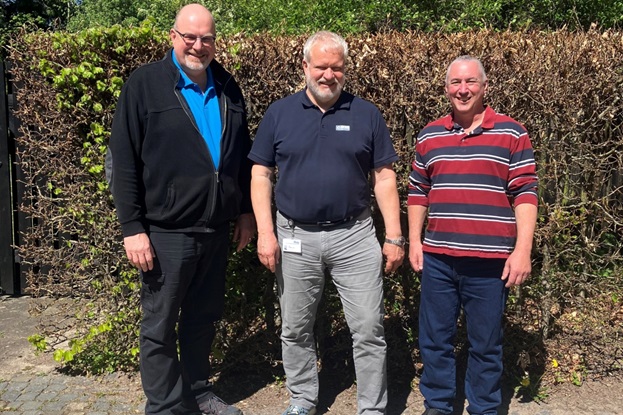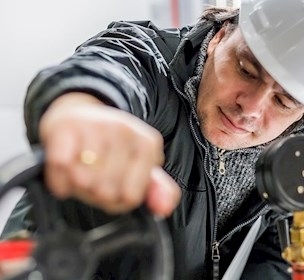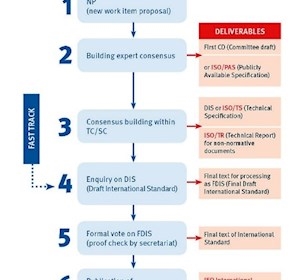High-frequency (HF) test standards protect the intended use of electrical products
Without HF test standards, chaos and incompatibility would reign, hindering progress in communication, interoperability and wireless communication. The Working Group experts are here to help.
Standards serve as the backbone of modern technology, ensuring seamless communication, compatibility, and safety. When it comes to high-frequency (HF) phenomena, Working Group No. 10 of the IEC Sub-Committee 77B is developing standards to foster accurate, safe and reliable performance while enabling innovation.
World-leading experts convene to protect us
Harald Buchwald and George Barth, representing Canada and the US, respectively, are part of the working group that convenes twice yearly to concentrate on HF phenomena standards. Their expertise and dedication have earned them the status of their nations' foremost authorities in this field:
"Unlike many other standards working groups, the scope of the HF phenomena group's work extends beyond products to the phenomena themselves. By understanding the behaviour and properties of waves in the high-frequency range—how they propagate, interfere, and interact with their surroundings—we can develop a common framework that ensures consistency and safety across industries," George says.
No HF phenomena standards=chaos
"High-frequency standards ensure safety, electromagnetic compatibility, and efficient use of the radio spectrum. The significance of high-frequency phenomena standards cannot be overstated. Without them, chaos and incompatibility would reign, hindering communication, interoperability, and the progress of wireless communication, radar, and microwave technology," Harald says.
Presently, the Working Group supports and updates eight existing standards while introducing a brand new one. These standards play a crucial role in obtaining certifications such as the CE mark, which indicates compliance with European Union directives and enables businesses to sell products across borders.

Challenge: keeping up with technology
The standards developed by the Working Group provide clarity, consistency, and reliability in the use of high-frequency technologies. As technology evolves, the frequency ranges expand, presenting challenges for manufacturers and test labs. With the proliferation of wireless devices and the constant drive for smaller, faster technology, the Working Group plays a vital role in safety testing and testing for electromagnetic compatibility (EMC).
In the past, the Working Group has addressed critical issues such as close proximity testing, where the transmitting device is in close contact with the test object, posing potential risks. By adapting HF standards to fit evolving needs, they have facilitated the safe integration of technology into sensitive environments like hospitals.
"Technology evolves at an unpredictable pace. While standards strive to keep pace with advancing technology, they often lag behind. Our Working Group acknowledges this challenge but remains committed to bridging the gap. Our ultimate goal is to contribute to the safety of users in an ever-changing technological landscape," Harald says.
Facts
- Standards are documents that describe specific phenomena or specific methods of measurement that are useable all over Europe or all over the world and secure a uniform understanding or uniform application of electrical testing.
- EMC test standards are used everywhere, and IEC produces these standards to support the operation of testing laboratories and certification schemes globally. IE C 61000-4-39 is a standard that describes immunity testing using an electromagnetic field generated in close proximity to the test object (the device to be tested).



